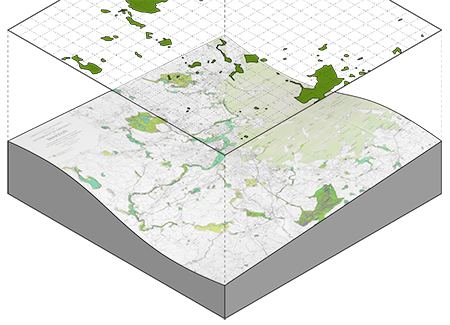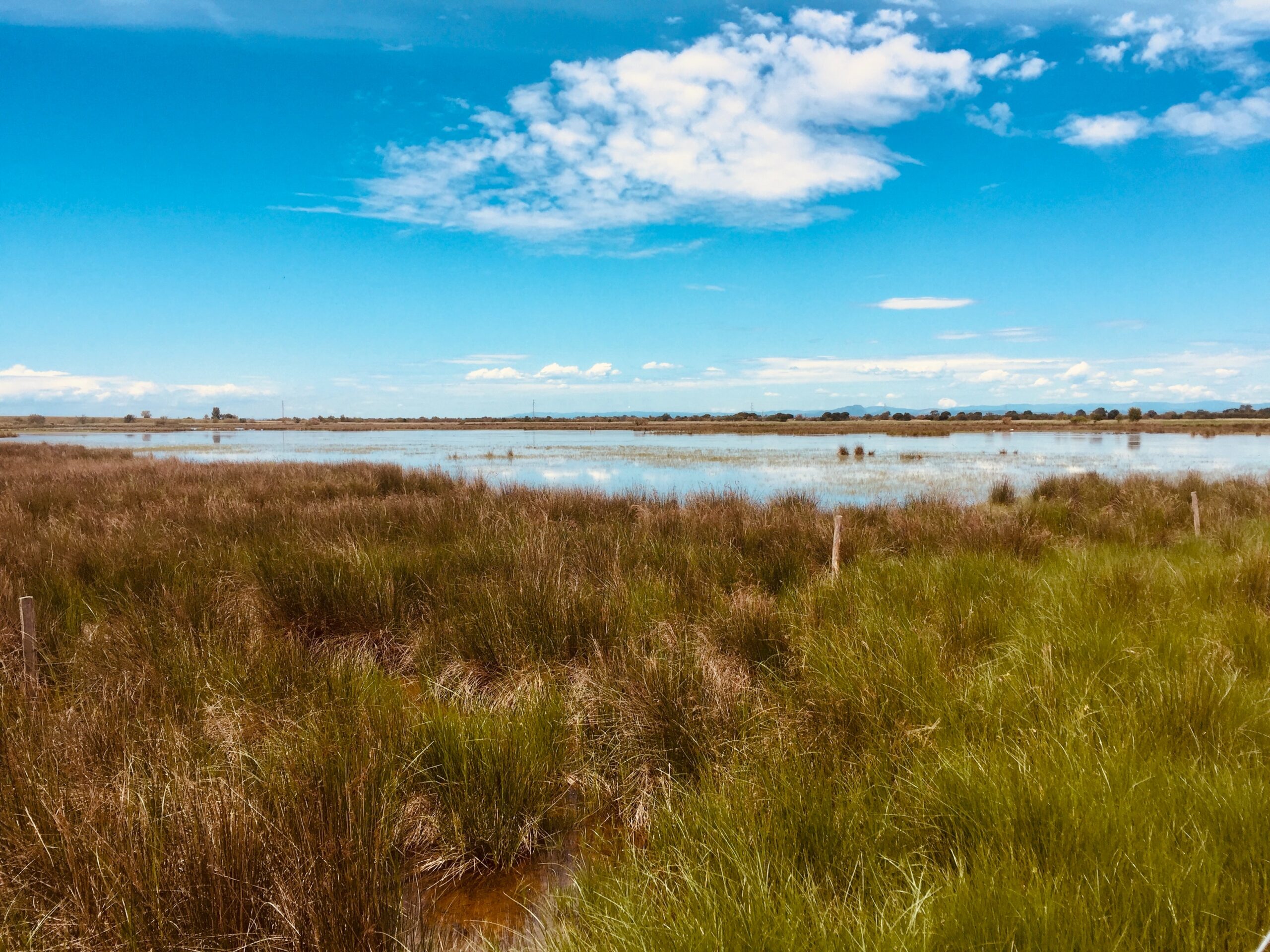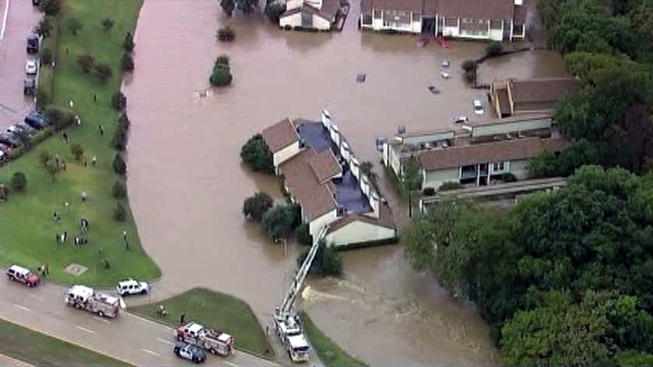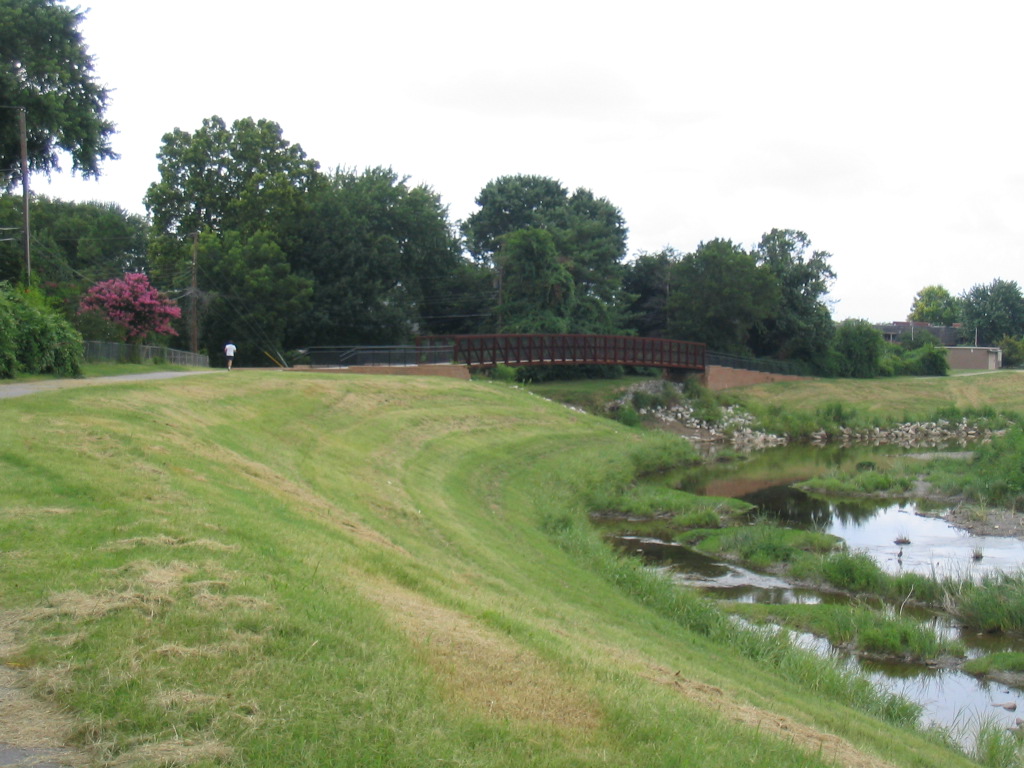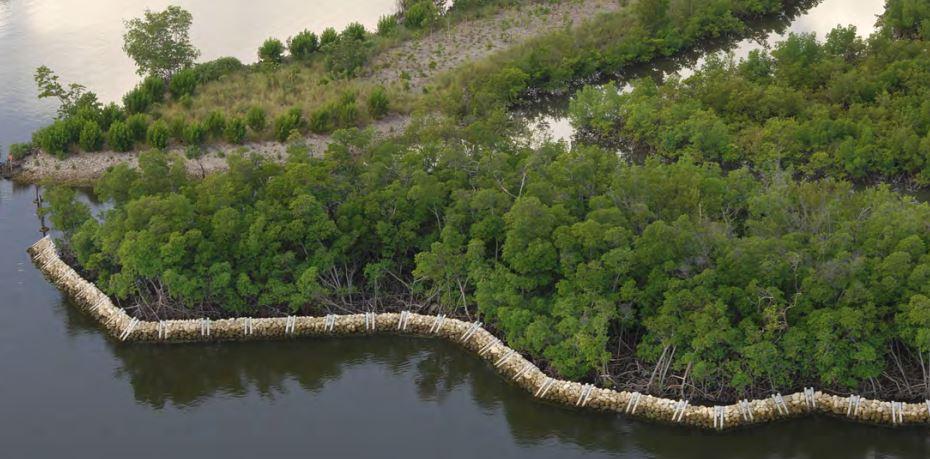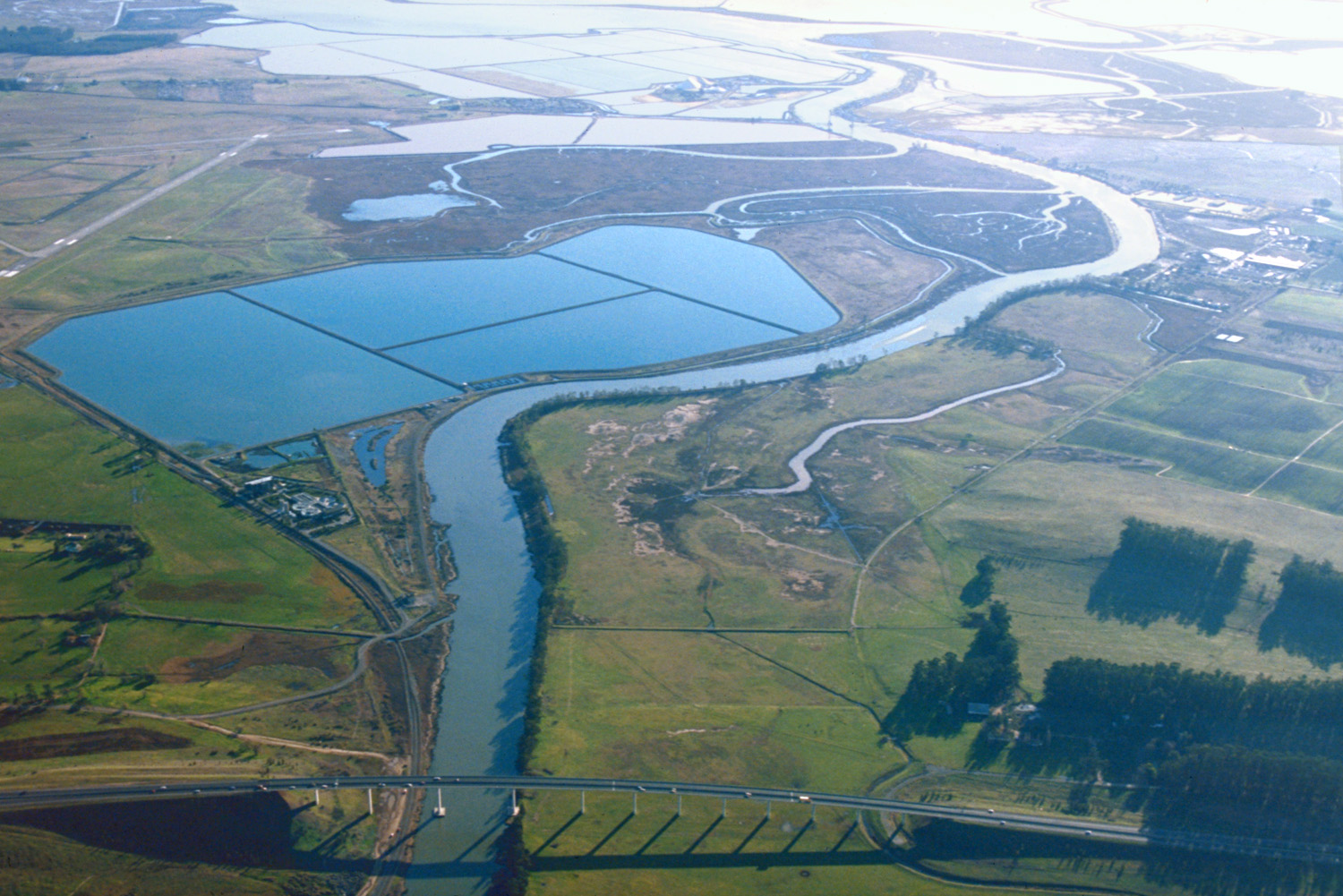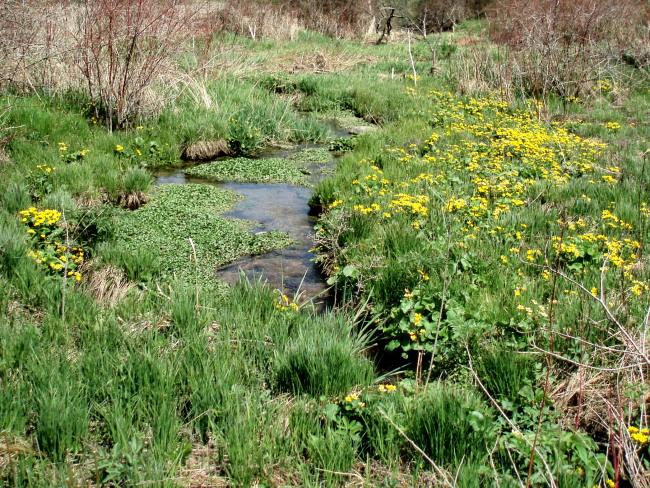Open Space Preservation through Land Acquisition
This strategy focuses on the public acquisition of undeveloped land to lessen or prevent the impacts of flooding on a community’s assets. In general, the strategy requires the following steps: (1) identification or mapping of available open space, (2) prioritization of parcels, and (3) acquisition of property.
Acquisition of land can take a number of forms. Municipalities may purchase land from willing sellers outright, and there are many communities that have dedicated funds to land preservation. Donation of private land to a land trust, which is then transferred to public ownership, is another common method of land acquisition for municipalities. Howsoever it may occur, land acquisition strategies can be challenging in areas experiencing high development pressure. For municipalities experiencing growth, the cost of the outright purchase of land may be out of reach, especially along the coast.
Land acquisition as a flood management strategy is most effective on a large scale, though targeted acquisition of flood prone parcels or areas that are likely to flood in the near future can effectively mitigate some flood impacts. This strategy tends to be most suitable for ex-urban, suburban, or rural locations vulnerable to flooding with large amounts of open space. The practice may be more difficult for urban areas with developed waterfronts that may have lost habitat and natural coastal features. However, some larger cities have had success reclaiming and revitalizing former landfills and wetlands.
Acquisition of open space serves the dual role of explicitly protecting valuable habitat and coastal features, and implicitly removing vulnerable land from the development market. Coastal floodplains tend to be places of extraordinarily rich ecological diversity. Where flooding is an integral part of existing natural systems, and where coastal features offer natural protection against flooding, the value of an undeveloped floodplain is clear.
Siting Considerations
Protecting a community from flooding through open space preservation is often a large scale proposition. At smaller scales, the benefits afforded by preserved or revitalized coastal features, wetlands, and other natural floodplain functions are far more limited. Additionally, any habitat preserved as part of this strategy is likely to require a sustainable functioning ecosystem that may be difficult or impossible to replicate at smaller scales. This does not preclude the possibility of significant open space preservation in or near urban areas, but it does mean that the area under consideration cannot typically be just a few acres. In some urban areas, however, such as the Calumet Region on Chicago’s South Side, there can be significant remaining open space that is not yet developed due to constraints of distance, pre-existing wetlands, use for landfills, or even obsolete industrial uses. In these cases, the opportunity may exist to rehabilitate such areas for habitat, as has been done with some former military facilities. Many of these may well be in more distant ex-urban locations, but that does not rule out significant possibilities for limiting downstream flooding through better protection of upland habitat. In other cases, upland habitat that can help limit downstream flood impacts may exist because of more hilly or mountainous areas surrounding or abutting urban areas, as is sometimes the case in California or the intermountain West.
At the very least, this strategy often involves the protection or acquisition of tens to hundreds of acres. Natural coastal features that help to protect a community from flooding such as beaches, vegetated dunes, barrier islands, coastal wetlands, mangroves, and maritime forests are most effective at this scale or larger. Fragmentation of land will greatly reduce its ability to provide natural flood protection.
Costs
Costs are heavily dependent on the means by which the land will be acquired, since many such transactions are the result of donations from willing landowners to land trusts and other nonprofits, which sometimes then transfer the properties to public ownership. In cases where donations of easements or full title are not the case, the costs of public purchase of such lands can be in the millions of dollars because of the scale of such acquisitions. Precise costs will depend greatly on the potential economic value of the land for other uses, which may also be influenced by the zoning and any prospects for development being permitted, and certainly by the nature of the real estate market within the affected area. Hot real estate markets obviously can escalate costs to prohibitive levels, while a less promising market may restrain costs. This is clearly an area where both adept negotiation on behalf of the public and a greater altruistic disposition by landowners can help to restrain what may otherwise be substantial overall costs.

Co-Benefits of the Strategy
Ecological protection is the primary co-benefit (along with flood protection) to pursuing a land acquisition strategy for open space preservation. Acquired and protected land, especially within an existing coastal or wetland ecosystem can pay tremendous dividends in water quality and the overall health of native plant and animal life.
Recreation opportunities such as walking, running, and cycling within an open space network are likely to contribute positively to local public health. Improved coastal water quality may increase opportunities for swimming, particularly in beach communities. Air quality improvements are also likely as part of this strategy.
Preserving open space also creates the potential for eco-tourism and other passive recreation connected with the environment, such as birdwatching, canoeing, or hiking on nature trails. In addition, proximity to open space contributes positively to real estate values in adjacent development. Towns and cities reliant on coastal tourism may also see economic benefit to protecting coastal features that may be threatened by development.
Maintenance Considerations
Maintaining the integrity of acquired land involves both good planning and ongoing biological research and evaluation. For flood mitigation and habitat protection, the key planning variable involves prevention of fragmentation, which can often occur through the extension of access roads and highways that reduce the effectiveness of natural flood protection, create physical barriers to wildlife migration, and even force the long-term segregation of various subpopulations of smaller species such as reptiles and small mammals. Thus, the use of this strategy should anticipate the need for ongoing monitoring of the integrity of natural flood protection within an open space network, and the regular evaluation of biological viability of various wildlife populations over an extended period of time, especially given the patchy nature of many land acquisitions.
Similar or Complementary Solutions
Open space acquisition may play an important role in a number of strategies, including getting the necessary land for the successful implementation of setback levees and horizontal levees. Restoration of coastal or floodplain features may also require acquisition to ensure that the habitats are protected once they’ve been restored to a healthy state. While property buy-outs are focused on developed properties they may be paired with open space acquisition to establish larger areas where development is limited or prevented to reduce the overall vulnerability of a community.
Additional Considerations
In rapidly urbanizing areas, time may be of the essence in negotiating the transfer of potentially or actually valuable areas. Once candidate properties are lost to development, it can be difficult or nearly impossible to regain the value that once existed, even with future and probably more expensive acquisitions. It should also be understood at the outset that land acquisitions for purposes like the protection coastal features or wildlife habitat is almost always an opportunistic enterprise, depending on willing sellers or donors in the right mood at the right moment, with the right resources available to effect the transfer. This strategy typically requires considerable vigilance.
Additional Resources
The Trust for Public Land has explored the economic benefits of parks and open space.
